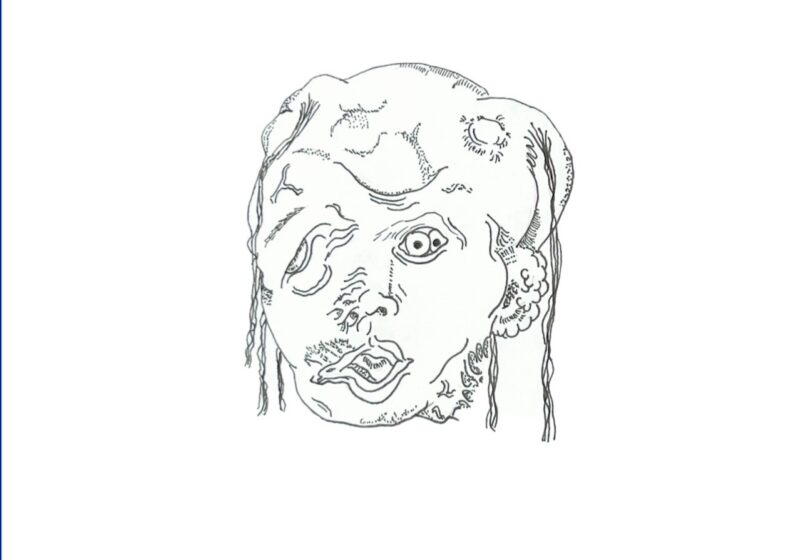UR is connected by a common purpose, but frayed on its cultural competency, according to the results of the university-wide Diversity Engagement Survey (DES), administered last February and released on Feb. 11.
Forty-eight percent of UR faculty, staff, trainees, and students responded to the DES.
The survey measured the inclusiveness of the University’s academic environment across eight factors—trust, appreciation of individual attributes, sense of belonging, access to opportunity, equitable reward and recognition, cultural competence, respect, and common purpose.
The survey results called common purpose, defined as “an individual’s contribution to institutional mission and connection to vision, purpose, and mission,” the University’s greatest strength.
Cultural competence, defined as the belief that the “the institution has the capacity to make creative use of its diverse workforce in a way that meets business goals and enhances performance,” was deemed one of its greatest weaknesses.
There was University-wide agreement among participants that these factors are UR’s biggest strengths and challenges, but perceptions varied significantly among each of the seven markers of diversity: race and ethnicity, gender, LGBT status, disability, belief system, veteran status, and generational status.
Here were some of the major perceptual differences noted among members of each marker of diversity:
- Overall, Asians and Hispanics had largely similar—and positive—perceptions as whites did about the climate surrounding diversity and inclusion. Some Asian respondents, however, wanted more support to overcome language and cultural barriers, did not want to be labeled as “international,” and wanted Asian representatives in the University’s leadership.
- For Hispanics, the biggest difference was in the equitable reward and recognition factor, defined as “individuals feeling that the organization has ‘equitable compensation practices and nonfinancial incentives.’” Unlike Hispanic faculty and staff, Hispanic students had less favorable opinions about the campus climate.
- For all 22 survey questions, black respondents consistently showed lower levels of agreement compared with whites, regardless of their position within the University. Cultural competence, trust, and respect were among the largest areas of difference.
- Men and women thought similarly about the climate’s overall sense of inclusiveness, but for questions that asked specifically about position and trust, women’s opinions deviated. There were significant differences between transgender or gender-nonconforming individuals and cisgender respondents, but their responses were included in the analysis of the LGBT marker of diversity.
- LGBT individuals were less likely than cisgender or heterosexual respondents to answer in the affirmative on the survey questions. Trust, respect, and cultural competence were among the largest areas of difference. Additionally, most mentioned that the definition of diversity needs to go beyond race.
- Respondents who identified as having a disability had a significantly less favorable perception of the University’s inclusiveness than those without disabilities. In their extended response, one respondent wrote, “Those with disabilities are perhaps the largest marginalized group, this seems unconscionable to me.” Equitable reward, trust, and cultural competence were among the largest areas of difference.
- Over 50 percent of participants expressed that they were Christians, and 39 percent identified as pertaining to one of eight other belief systems, most identifying themselves as “Nonreligious.” Common purpose and respect were the two largest areas of mutual agreement among all belief systems.
- Of the 365 individuals who identified as veterans, perceptions varied significantly among faculty and staff and students, especially regarding the access to opportunity factor. Most notably, veteran faculty perceived the campus climate more favorably than non-veteran faculty.
- In general, millennials had more favorable perceptions about access to opportunity. Baby boomer faculty and staff ranked equitable reward lower than millennial faculty and staff, and respondents were concerned with an apparent lack of respect for and inclusion of “older workers.”
To address the findings of the DES, the University plans on implementing “centrally based programming and policy changes,” some of which include learning about unconscious bias through training sessions, further engaging faculty in community outreach programs such as the “It’s on Us” campaign to discourage sexual assault, and increasing awareness of the University’s “policy 106,” which is in place to help faculty, staff, and students address issues related to harassment and discrimination.





